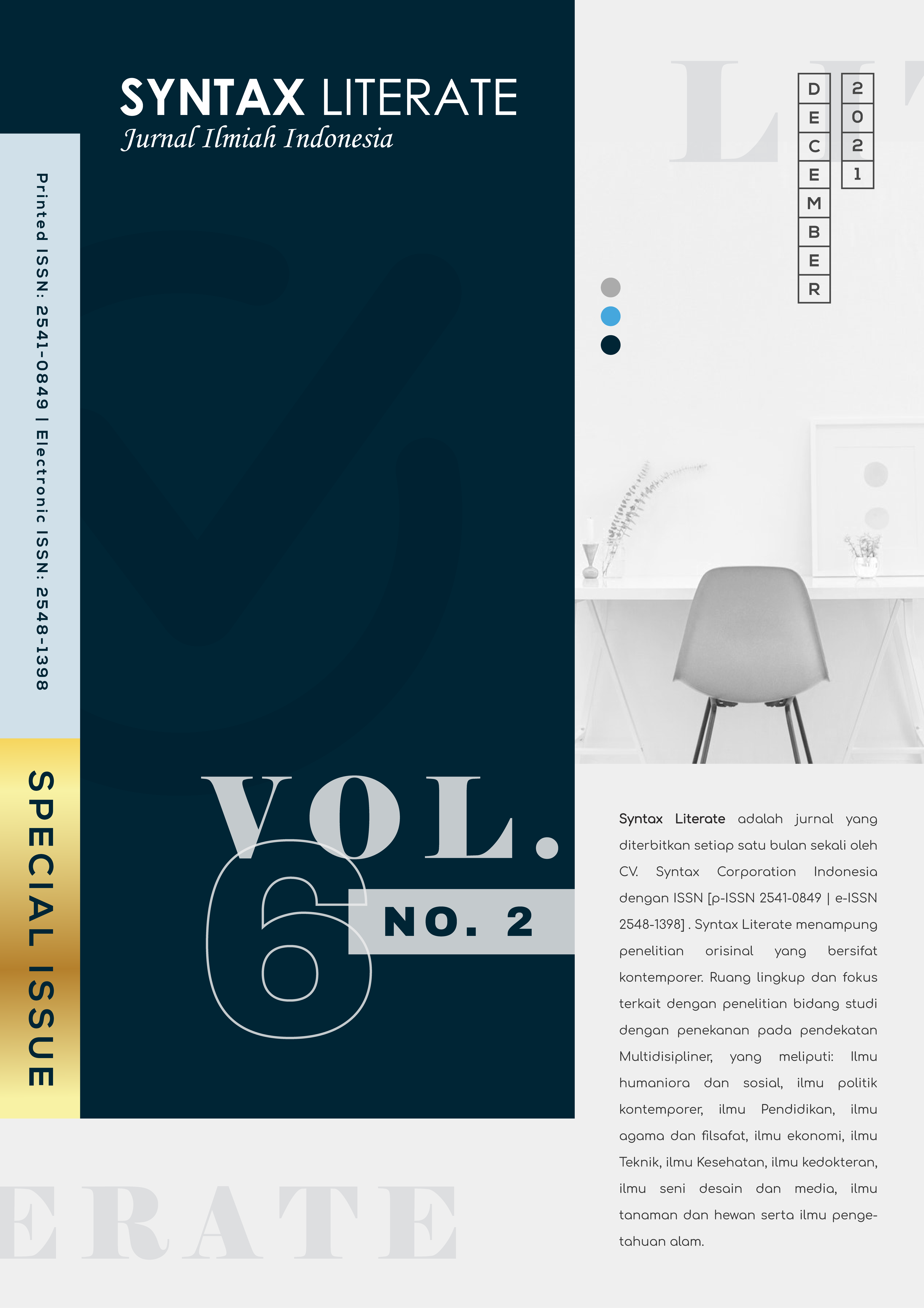Biogas Waste Vegetable Green (Brassica Chinensis Var. Parachinensis) As Alternative Energy Sources
Abstract
Green mustard (Brassica chinensis var. parachinensis) waste has not been used optimally so it requires proper handling. The solution that can be done is to utilize the waste into biogas. Biogas is energy that can be used by vegetable farmers as lighting, a substitute for kerosene or LPG stoves and the rest of the biogas process can be used as fertilizer to fertilize plants. This research was conducted to determine the effect of the waste mass of Brassica chinensis var. parachinensis (0.5, 1, 1.5 and 2)kg and the length of fermentation time (0,5,10,15, 20) days on the pH and temperature values in biogas production and the mass ratio of vegetable waste and cow dung (1:0, 1: 0.5, 1:1 and 1:1.5)w/w to the volume of biogas produced. From the results obtained from each treatment for the pH value ranging from pH 6-7 and for the resulting temperature ranging from 25 C - 40 C. While the highest volume of gas produced was obtained from the mass of vegetable waste as much as 2 kg with a ratio of vegetable waste and cow dung 1:1.5 with a volume of biogas produced as much as 620 ml.
Downloads
Copyright (c) 2021 Rini Kartika Dewi, Faidliyah Nilna Minah, Jimmy Jimmy, Anitarakhmi Handraratri

This work is licensed under a Creative Commons Attribution-ShareAlike 4.0 International License.











